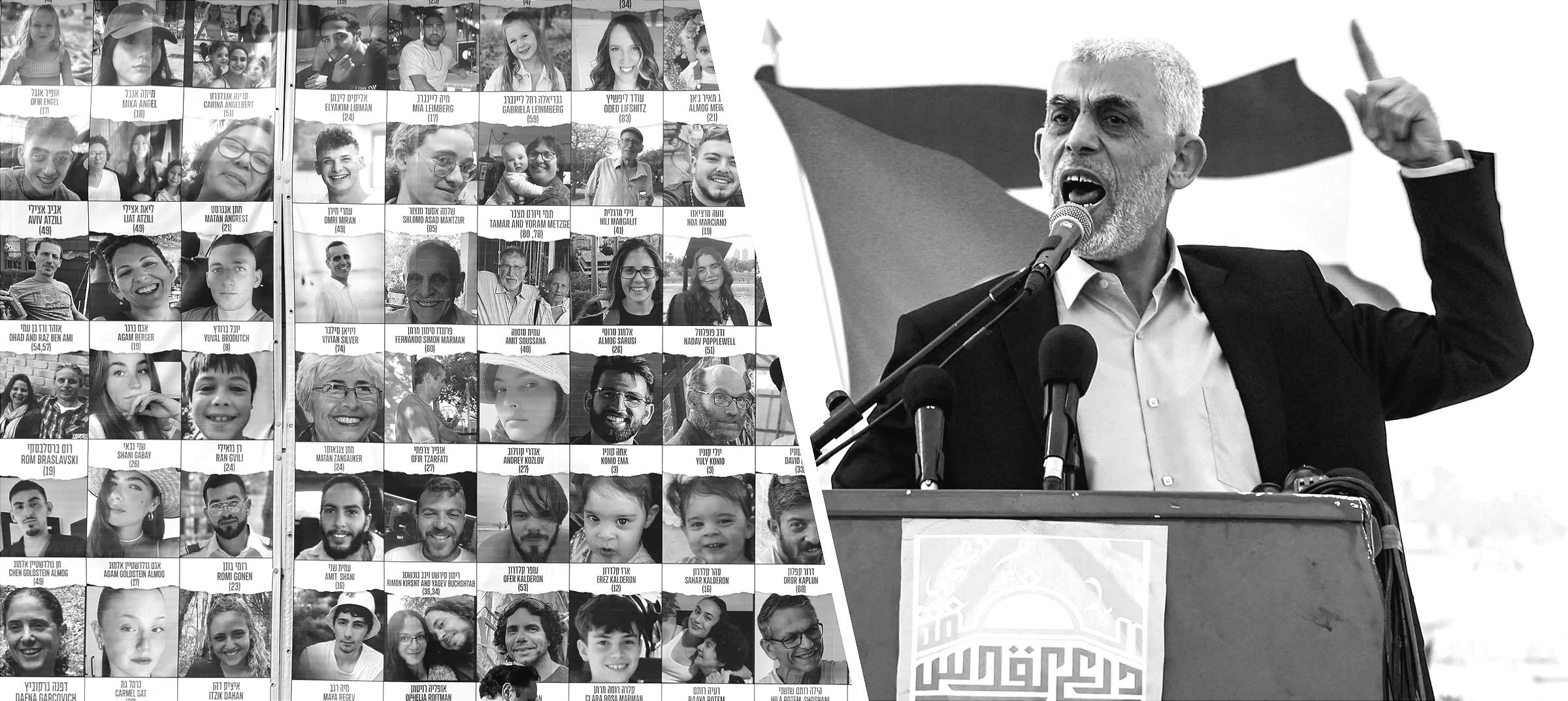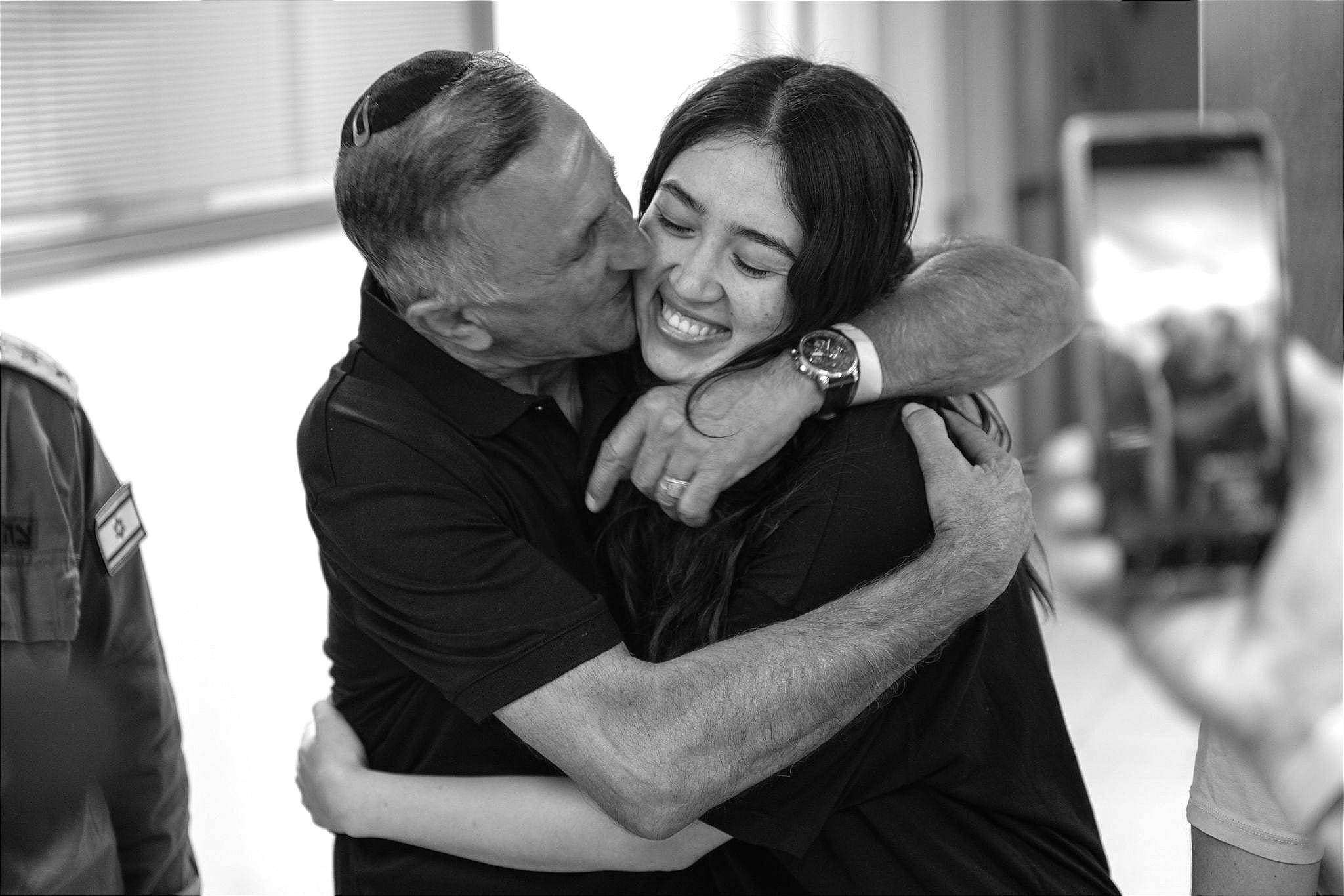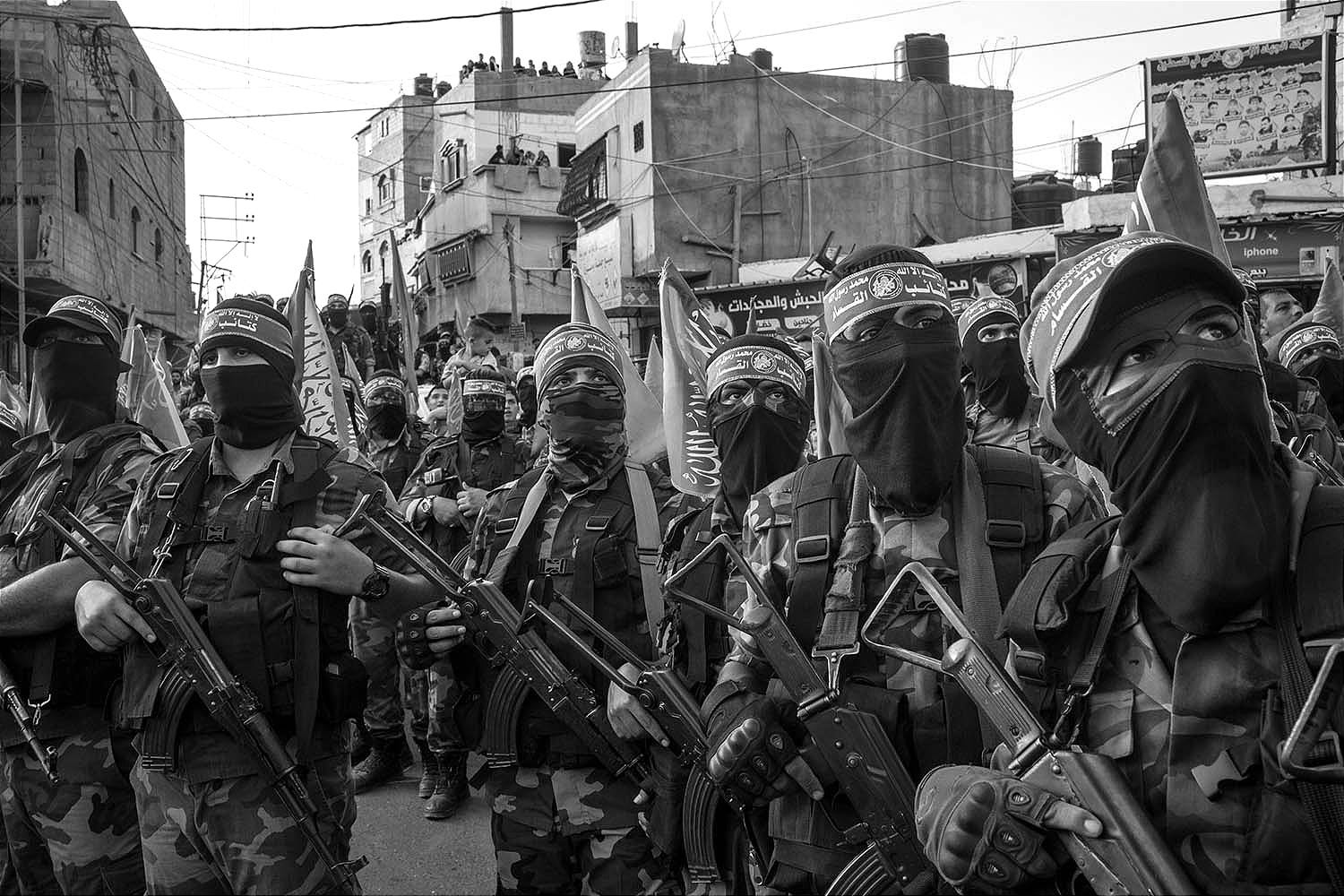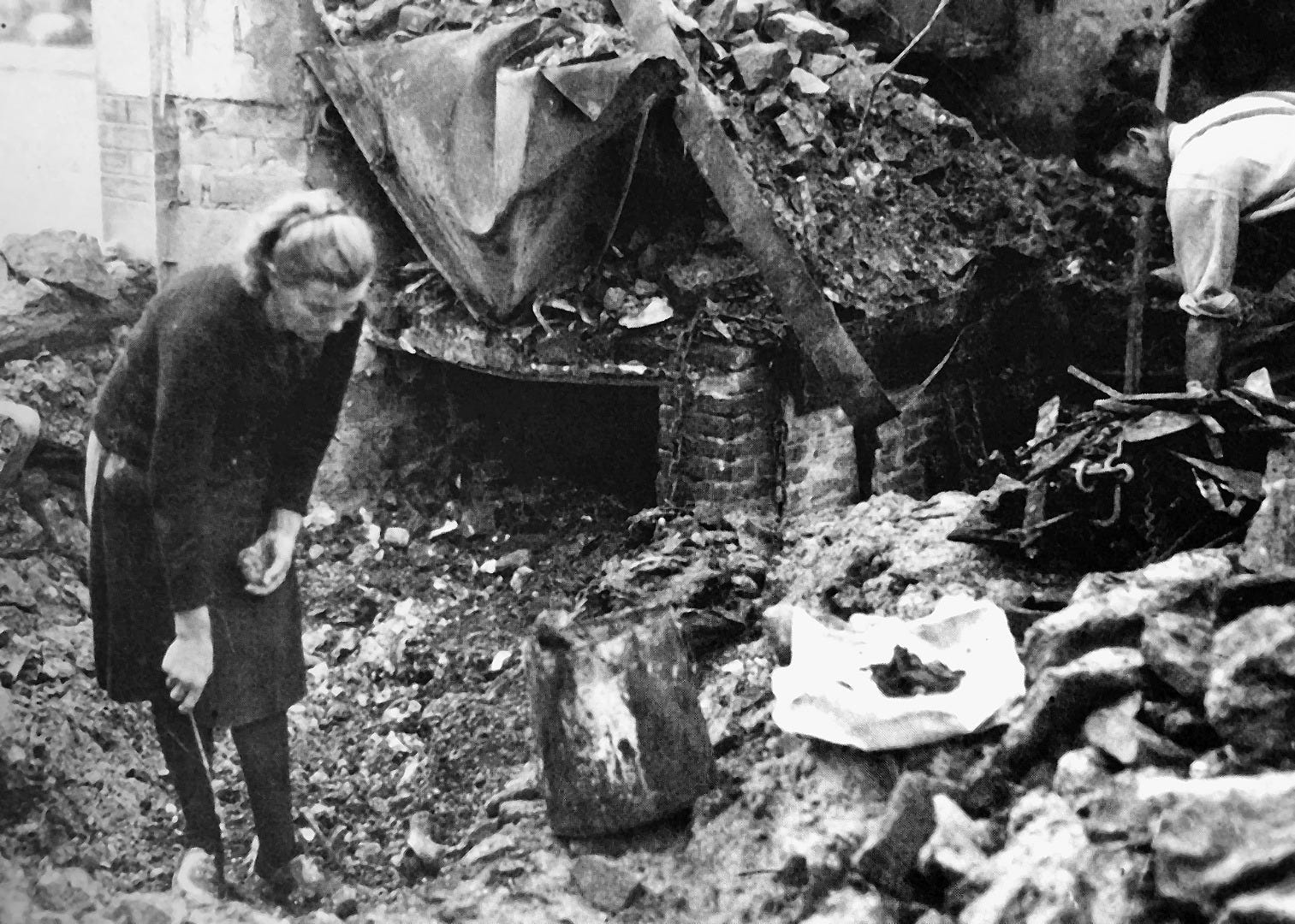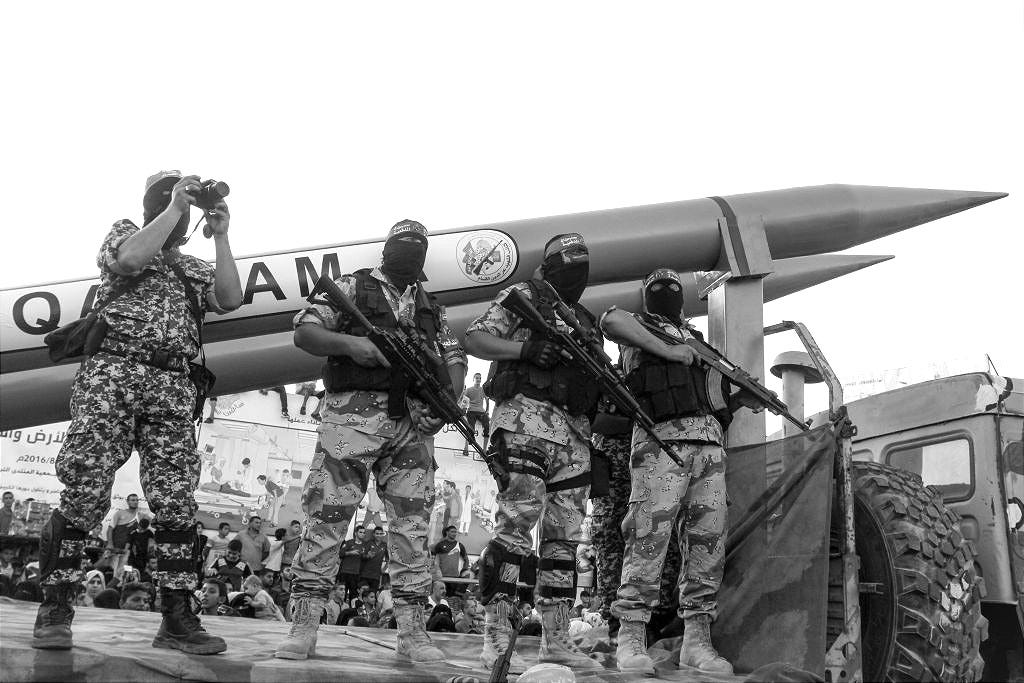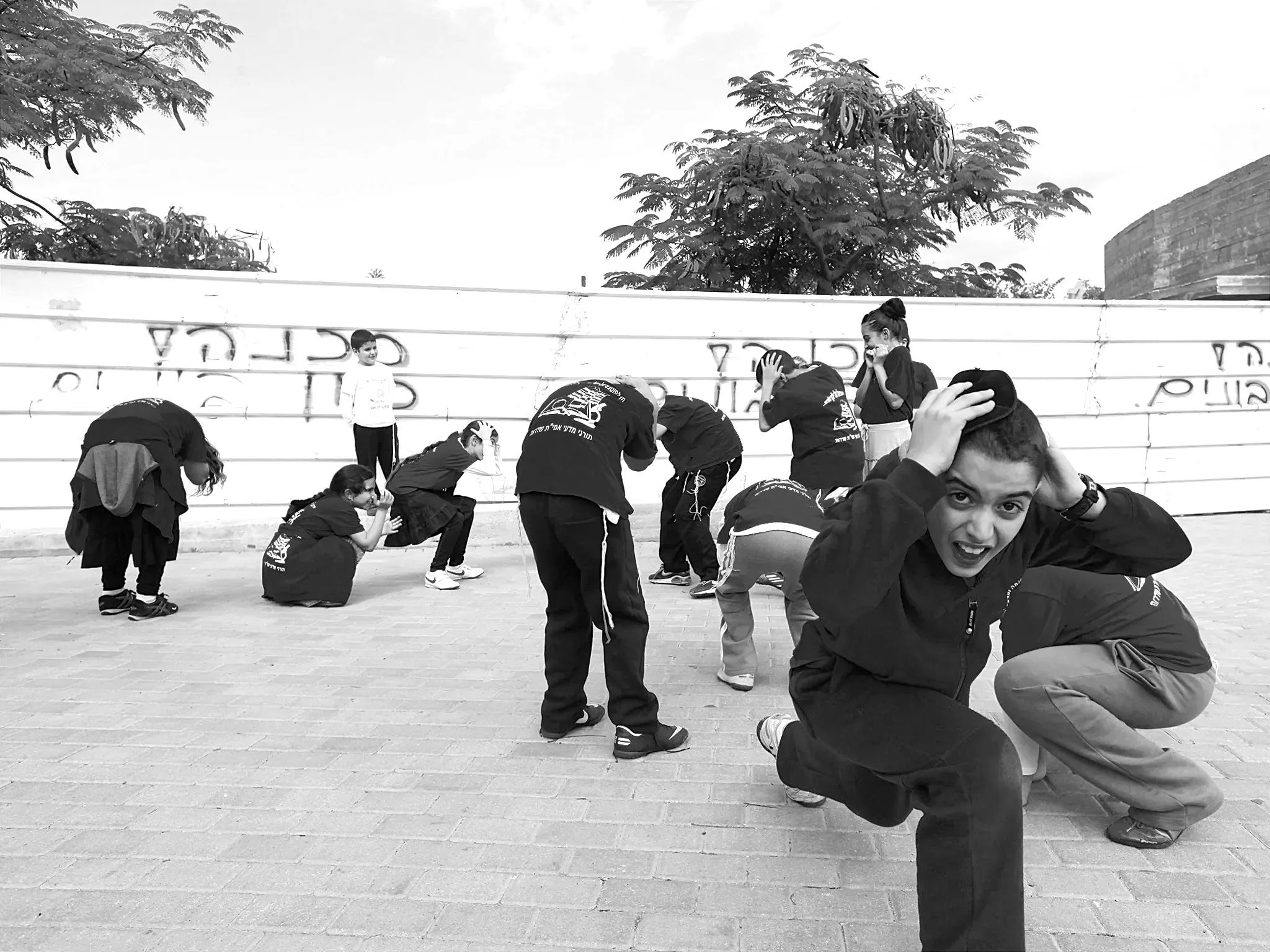Israel's Impossible Choice
Yesterday I stood in the heart of Tel Aviv’s business district, swaying in the tides of a 280,000-strong mass of flag-waving Israelis as we sang HaTikvah, the melancholic national anthem of the Jewish state.
It was the September 1st, the black day in which the bodies of six hostages were recovered from a Hamas tunnel complex in Rafah. As the IDF closed in on their location, Hamas terrorists summarily executed1 Hersh Goldberg-Polin (23), Eden Yerushalmi (24), Ori Danino (25), Alex Lobanov (33), Carmel Gat (40), and Almog Sarusi (27) before fleeing the tunnel and disappearing into the rubble of Southern Gaza.
It was a tragedy that shook the country to its core. A profound pain not felt since October 7th, and a bloody confirmation of the worst fears of a terrified nation. In the 330 days since October 7th, we allowed ourselves fleeting moments of hope. When two captive Israelis were rescued2 in late February. When Noa Argamani - an international symbol of the Israeli hostages was rescued3 along with three others. When Bedouin-Israeli Qaid Farhan Alkadi was discovered4 in a Rafah tunnel.
These rare moments of jubilation almost tricked us into believing that we could have our cake and eat it too: that we could destroy Hamas while bringing home the hostages alive. But September 1st brought that illusion crashing down our shoulders and laid bare the inevitable truth we all tried so hard to ignore: Israel faces an impossible choice between two terrible options, and the lives of the remaining hostages hang in the balance.
Terrible Option 1 - Finish the Job, Lose the Hostages
The goal of the war has always been to eliminate Hamas’s administrative and military capabilities to the point where alternative leadership can take control in the Gaza Strip.
If there exists a reasonable argument against this goal, I have yet to hear it. In the 19 years since Israel’s unilateral withdrawal from the Gaza Strip, Hamas’s lengthy and morbid list of accomplishments includes:
Taking control of Gaza in a brief but bloody civil war5 in which ~161 Palestinians were killed.
Firing more than 18,000 rockets6 and mortars at Israel, mostly at civilian areas.
Destroying 8,747 acres7 of Israeli land in over 2,000 fires sparked by incendiary kites and balloons launched from Gaza.
Investing untold millions of dollars to build a massive tunnel network8 under Gaza (longer than the entire length of the NYC subway system) for the caching/transportation of weapons and the sheltering of Hamas terrorists and leadership.
Carrying out hundreds9 of stabbings, shootings, kidnappings, and car-rammings, mostly against Israeli civilians.
Maintaining a brutal Islamist dictatorship in Gaza that tortures, imprisons, and kills10 political dissidents and protesters, executes11 LGBT individuals, and maintains strict control12 over media and speech.
Funneling billions13 of dollars into the pockets of corrupt Hamas leaders while investing little to nothing14 in the Gazan people.
Carrying out the brutal October 7th attacks in which nearly 1,200 Israelis, mostly innocent civilians15, were slaughtered in unprecedented and shocking scenes of mass violence, torture, and rape16.
It is inconceivable that any country would accept such a viciously bloody culmination to two decades of constant violence and terror without demanding the dismantling and replacement of the group responsible.
And yet given Hamas’s celebration of death and destruction17 and their absolute refusal to surrender18 , there is a high likelihood that seeing the war to its natural conclusion will result in the deaths of many, if not all of the remaining hostages.
“Hamas will not surrender its guns or sign a proposal that asks for that”
Yahya Sinwar - Hamas Leader, 2024
History gives a morbidly clear account to support the likelihood of this outcome.
In 1944, as the Allies advanced into Nazi-occupied France from Normandy, the German soldiers became increasingly desperate in their attempts to stop the southward flood of Allied troops and crack down on French partisan resistance operations. With little to lose and a wanton disregard for human life, the 2nd Waffen-SS Panzer Division rounded up 642 inhabitants of Oradour-sur-Glane.
They locked 197 men in several barns and set them ablaze, burning alive the civilians inside. The Nazi soldiers then forced 445 women and children into a church, and hurled grenades through the windows. Those who attempted to escape were shot. The Oradour-sur-Glane19 is still remembered as one of the most brutal of the many massacres carried out by the Nazi regime in its waning days.
More recently in 2017, as US and Iraqi troops closed in on ISIS in Mosul, the notorious terrorist group carried out mass killings20 of Iraqi civilians, murdering 23221 and using thousands of others as human shields.
History provides many other examples, from the final-day massacres by the Rwandan Hutu government22 to the Taliban executions23 in the face of a US advance in 2001.
Radical terrorist groups on the cusp of defeat are more likely to kill innocent civilians and hostages than they are to release them.
In the cases of the Nazis, ISIS, the Taliban, and the Hutu regime, there was little moral confusion: the destruction of those regimes was deemed an absolute imperative precisely because of the massacres, not despite them. The terrible, painful question for Israelis is whether or not lasting regime change in Gaza is worth an inconceivable price: the lives of the remaining hostages.
Terrible Option 2 - Return the Hostages, Hamas Rebuilds
It is becoming increasingly clear that Hamas won’t sign any agreement that allows for an Israeli or international presence in the Philadelphi corridor24 - the border between Gaza and Egypt. The reason for this refusal is clear, if not explicitly stated by Hamas negotiators: the tunnels underneath the Philadelphi corridor25 are Hamas’s primary route for smuggling rockets, weapons, and cash26 to further their various Jihadist enterprises. Their steadfast refusal to cede control of this border strip even in the face of military collapse and the destruction of the Gaza strip reveals an important truth: Hamas has no intention of abandoning their forever-war against Israel.
This isn’t news. At least not to anyone paying attention to Hamas’s actions over the last 20 years. Hamas and Israel have fought four previous wars: in 2008, 2012, 2014, and 2021. After the ceasefire that ended each war, Hamas used the periods of relative quiet not to advance peace building efforts or improve the conditions of Gazans, but to restock27 their supply of rockets and even carry out hundreds of launches against Israeli civilian centers28.
Israeli economic incentives in the Gaza strip intended to encourage Hamas to abandon their campaign of violence were cynically used by the terrorist organization to lull Israel into a false sense of security before the October 7th massacre29.
But if their actions don’t betray Hamas’ true intentions, one need only listen to their words. In a speech immediately after October 7th, Hamas leader Ismail Haniyeh stated30:
“Today, the enemy has had a… defeat inflicted upon it, and we shall crown it, with the grace of God, with a crushing defeat that will expel it from our lands…
Operation Al-Aqsa Flood was launched from Gaza, but it will extend to the West Bank, to Al-Quds and to our people within the territories occupied in 1948 [all of Israel], as well as to the Resistance and the Palestinian people abroad.
All the normalization and recognition processes, all the agreements that have been signed [with Israel] can never put an end to this battle.”
Ghazi Hamad, an official spokesman of the Hamas Politburo stated repeatedly on live television that the intent of the militant organization was not only to repeat the October 7th attacks again and again31, but that the ultimate goal of Hamas remains the destruction of Israel. “Will we have to pay a price? Yes, and we are ready to pay it… We are proud to sacrifice martyrs” he stated unabashedly.
Clearly there is no indication that, if presented with an acceptable ceasefire agreement tomorrow, Hamas leaders would commit themselves to a peaceful rebuilding of Gaza rather than the continuation of their multi-decadal war of terror. If (to entertain an inconceivable hypothetical) the agreement were to include the release of all Hamas prisoners, a full lifting of the blockade, and an infusion of billions of dollars into Gaza, there is every reason to think that Hamas would take full advantage of this reward to import more Iranian arms, rebuild their rocket factories, and recruit ever greater numbers of soldiers to the Al-Qassam Brigades.
But if it secures the release of the remaining hostages, why would a more conservative ceasefire agreement be such a terrible option for Israel?
Simply put, it means the continuation of an unacceptable status quo. It means that Israeli children in the Gaza envelope will continue to go to school in reinforced, rocket-proof schools32 and suffer astronomically high rates of PTSD33 due to near-constant missile sirens.
It means that roughly $100-200 million year will continue to be allocated to maintaining and operating the Iron Dome system34 which defends against incoming rockets.
It means that residents of border communities will continue to live in fear of attack tunnels being dug, often audibly35, under their homes36.
It means that more young Israeli soldiers will be sent to their premature deaths in the sands of Gaza in inevitable future conflicts with Hamas terrorists.
And, most psychologically troubling, it means that the entire nation will wait with bated breath for the next Hamas massacre. After all, given the symbolic victory of October 7th in the Palestinian psyche and the mass waves of support it generated for Hamas abroad, it is a near-certainty that the terrorist group, should it remain in power, will invest every resource it has into repeating the event.
To sign a ceasefire agreement that leaves Hamas in power is akin to ending WWII with the Nazi regime still in power. Or letting ISIS off the hook before their military capabilities were decimated. Does anyone think that a ceasefire agreement would have convinced Hitler to abandon his dreams of the Third Reich and pursue the path of peace? Or that ISIS leadership could be convinced to forego their efforts to erect a global Caliphate? Of course not. No more realistic is the idea that Hamas might abandon its deeply, deeply ingrained radical ideology of eternal struggle against the Jews.
And so, Israel is torn between two terrible options.
HaTikvah?
I closed my eyes as the pensive minor chords of HaTikvah washed over the crowd. “Tikvah” in Hebrew means “hope.” I want, so badly, to feel hope. And in the infectious energy of the crowd, I almost do. But then I remember the impossible choice facing this nation and I feel only sadness. Sadness for the inevitable deaths of more hostages if this war continues. Sadness for the victims of Hamas terror if it ends. Sadness that in the preceding decades our leaders lacked the foresight and courage to prevent this tragedy. Sadness that they lack the creativity now to find a way out.
Perhaps one day this country will find its hope again. Its Tikvah. Today, it seems, is not that day.



